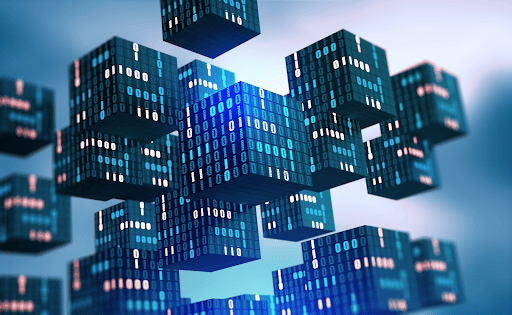
Data consumers are systems, applications, or individual users of data collected or generated by a system. They can also use stored data within data repositories. There are a lot of different systems within a company that can be called data producers since they generate or collect data and store it for later use.
This data is used for triggering specific actions or analytics. In some cases, data consumers merge multiple data sources and transform the combination into some new data while passing it along to other consumers. In other words, data consumers can often be data producers as well.
When talking about data architecture, you need to understand the relationships between data consumers and data producers. With a better understanding, you can create the right data governance strategies, monitoring policies, and security practices.
The role of data consumers, data owners, and data stewards
Data consumers have a role in data governance to ensure data security and reliability. The responsibility of data consumers includes taking care of how data is being secured, the time it will be retained, who can have access to it, how it can be shared, and how it’s going to be used overall.
On the other hand, there are also data stewards, systems that distribute and control data. These systems have a data governance role or oversight for the whole organization. They ensure the data fits and has the required quality for the data needs.
Data owners are another “special group” of users responsible for classifying data, access authorization, source of data, and defining the contents of data. In other words, data consumers are the only entity that can access data with complete legitimacy.
They can use data for creating new data pieces, turning them into data owners with new responsibilities. All data consumers should strive to provide data quality and business value while ensuring the data is used for the original purpose.
The challenge of combining different data sets
Data consumers often use data that isn’t originally collected for their projects to produce new data or reach valuable conclusions. In other words, data is often used in various ways outside of its original purpose for positive outcomes.
That creates a problem because consumers can’t access some data because it wasn’t originally meant for them. For example, you may have originally gathered data about customer transactions for billing. However, you can also use it for training ML models for a recommendation system or analytics.
The growing importance of data market platforms has highlighted this problem. In other words, different people or systems might use the same data in various ways to reach their goals. However, apart from permission, there are other challenges as well.
Difficulties connecting data consumers and producers
Discovering data
The first significant issue is knowing whether a particular data piece exists. Data producers generate and silo data, which can be a problem whether it is siloed in an open-source environment or within the organization. At the same time, the large number of data sources and data types make data discovery even more challenging.
Data reliability (trustworthiness)
There’s often a gap between the producer and the consumer. Defining what a specific data set is, when it was gathered, how it was collected, who uses it, and whether you can trust the original source of data are major challenges. It’s especially true if a piece of data has gone through changes.
Data accessibility
When it comes to data sharing, you need support for different applications and a larger number of users. In other words, most organizations don’t have the infrastructure to connect producers and consumers, let them get access with different tools, move data, gain remote access, move models, and so on.
New solutions for better data governance
Innovation and technology have always been driving factors in data science. New streaming and distributed messaging platforms are giving organizations the power to manage and access data remotely while executing various functions.
Different organizations, teams, individuals, and systems can streamline data movement in this cloud-native environment. At the same time, open-source solutions are becoming more popular, allowing organizations to adjust their solutions according to their data governance demands.